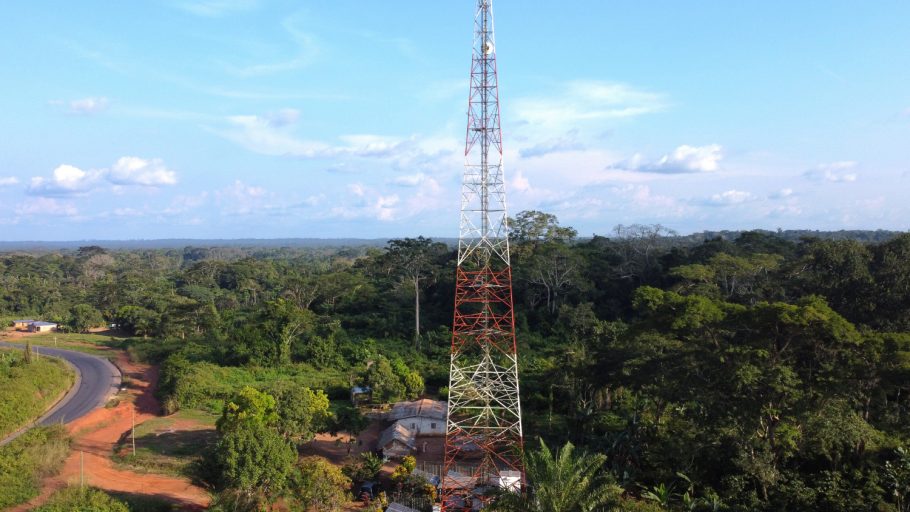My only visit to Africa was in 2006 as a tourist. During my trip, I summitted Kilimanjaro, went on a safari in the Ngorongoro Crater, and concluded my stay on the island of Zanzibar. I stayed at a hotel overlooking the crater, bought some Maasai jewelry in Stone Town, and have numerous pictures of Red Colobus monkeys. It was what I consider to be a typical tourist’s experience of Africa.
However, when I return later this year, it will be in a work capacity as an employee of IHS Towers and will include stops in Nigeria-our largest market-among others. It will be a very different trip from my last one, but one that I’m enthusiastically awaiting. I’m looking forward to the opportunity to meet some of my colleagues, observe and better understand the sustainability programs we are involved with, and tour some of our tower sites, where grid connectivity is a challenge, to see the technology IHS uses.
Meeting new colleagues is always exciting, but at IHS our over 2,000 employees represent over 50 nationalities with different cultural norms and native languages. It is by far the most diverse company I have ever worked for, and I am excited to learn from my colleagues both personally and professionally.
Of course, Africa itself has experienced significant change since I was last there. The continent has seen remarkable growth at the macro level: since 2006 the population has increased from 939 million to 1.4 billion (2.7 percent CAGR vs. 0.8 percent in the U.S.) and GDP has increased from 1.3 trillion USD to 2.7 trillion USD (4.9 percent CAGR vs. 3.5 percent in the U.S.).
Connectivity across Africa has also changed. When I first landed in Nairobi in 2006, I had with me a Blackberry 7230 that featured a built-in keyboard, color display, and a full web browser. The problem, however, was that my phone would not work properly since there were very few communication towers on the continent, and even when you could get a signal, the mobile network operators (MNOs) were offering 2G (the equivalent of dial-up). By contrast, U.S. operators had fully adopted 3G, which at ~5 Mbps allowed for an effective web surfing experience.
Today, across Africa there are ~250,000 towers supporting 83 inhabitants (per 100) vs. less than 100,000 towers supporting 18 inhabitants (per 100) in 2006. What’s also interesting is that in Africa the overwhelming majority of people have never had landline services, and thus most of the population—of which 60 percent are <25 years of age-did not get online until they got their first phone. This means that mobile devices and the mobile networks that support them are absolutely critical in helping connect people and providing access to the services they consume.

That said, most of the population is still covered by 3G, whereas in the U.S. the population is predominantly covered by 4G. And the eventual buildout of 5G which in some countries, like South Africa, is already beginning-will not just require a technology refresh at the tower, but also a meaningful deployment of fiber to connect the towers. This underscores the need and opportunity for further network investment.
This slower technology adoption and dependency on mobile is what’s now fueling significant opportunities across the continent for both MNOs and hyperscalers, as well as the communications infrastructure companies—including towers, fiber, and data centers-that support them.
ABOUT THE AUTHOR
Colby Synesael is responsible for IHS Towers’ corporate communications, including Investor Relations, Communications, and ESG reporting. Before joining IHS Towers in March 2022, Synesael spent 12 years as a managing director and senior research analyst specializing in the communications infrastructure (towers, data centers, fiber) and telecom services industries at the investment bank Cowen. He was regarded as one of the leading analysts in communications infrastructure and was ranked in the top three of Institutional Investor’s annual sell-side poll in each of his last five years at Cowen.



